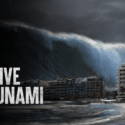It starts as a tremor deep beneath the ocean. The ground shifts violently. Minutes later, you see a ripple on the horizon that begins to swell. But this is no ordinary wave. It is a wall of water taller than a ten story building, moving faster than a commercial jet. It is a tsunami.
Most people would run. But in this scenario, you are doing something very different. You are going to try and surf it.
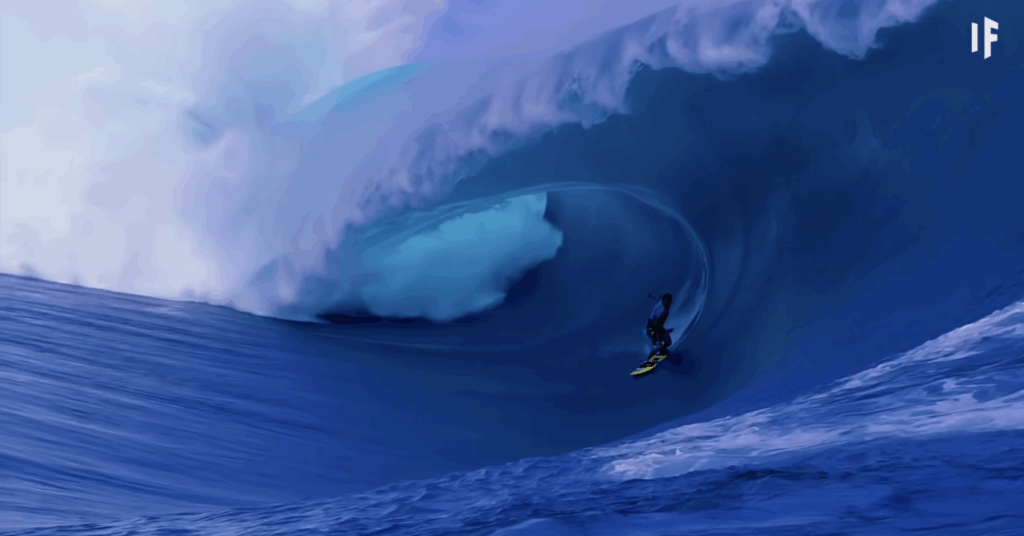
Could you actually surf a tsunami? Has anyone ever done it? And if you tried, what would happen to you? Let us break down the science, the reality, and the danger behind this outrageous idea.
First, Just How Big Are Tsunamis?
The largest wave ever surfed by a person was 80 feet tall. That record was set in 2018. But tsunamis can reach similar or even greater heights. For this scenario, let us imagine you are facing a tsunami about 100 feet tall. That is roughly the height of a 10 story building.
These waves are most likely to occur in tsunami prone regions like Japan or the Philippines, which are located along the Pacific Ring of Fire, an area with frequent undersea earthquakes and volcanic activity.
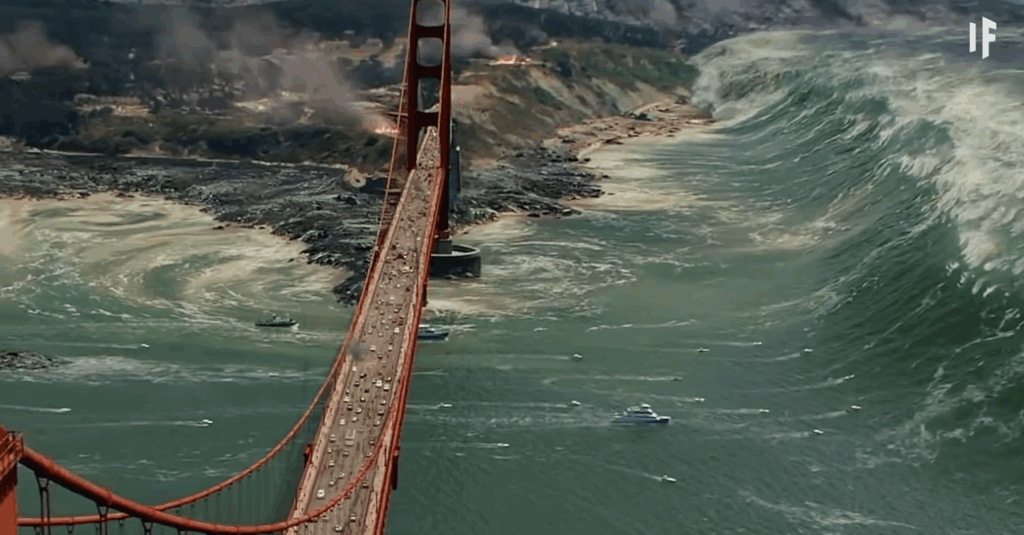
Tsunamis are not caused by wind, like regular ocean waves. Instead, they are triggered by underwater seismic events, mostly earthquakes over magnitude 6.5. When the sea floor shifts, it pushes massive amounts of water up, creating a surge that travels across the ocean at speeds up to 500 miles per hour.
When this moving wall of water reaches shallow coastal areas, it towers upward, gaining height and destructive power. So, what happens if you try to ride it?
Surfing a Tsunami: The Theory
To even attempt to surf a tsunami, you would need someone with a jet ski to tow you toward it. But here is the problem: unlike regular waves, tsunami waves do not break. Surfers ride traditional waves that curl and crest, forming a clean face to carve along. Tsunamis, on the other hand, move as huge surging walls of water. They do not curl or form a surfable surface.
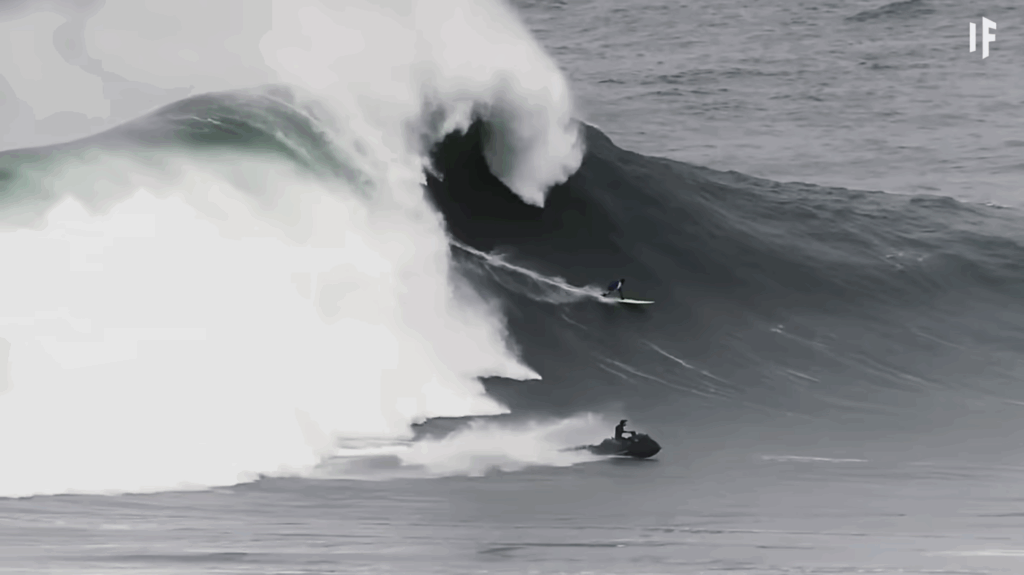
Even if you did manage to get on top of one, your surfboard would likely have nothing to grip. You would be at the mercy of a churning, high speed flood, not riding a smooth wave.
What Happens If You Try?
Let us say you are somehow able to stay upright for a few seconds. You would quickly lose control. The tsunami would carry you with immense force toward the coast. But it would not gently drop you on the beach. You could be flung inland, smashing into trees, cars, or buildings. And when the wave pulls back, as all tsunamis do, you would be dragged into a sea of debris, likely surrounded by dangerous objects and floodwaters filled with glass, concrete, and metal.
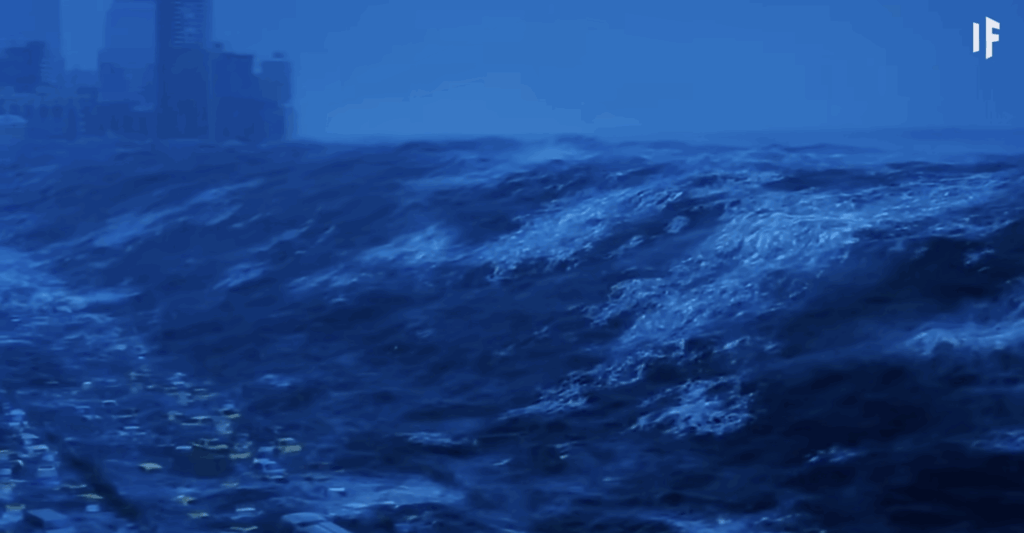
Tsunamis do not come in single waves. They arrive in multiple surges over the course of up to an hour. So even if you survived the first impact, you would face repeated hits from more water and wreckage.
Could Anyone Actually Survive?
Even the most fearless big wave surfers, like Laird Hamilton, who has faced towering ocean giants, have never seriously attempted to surf a tsunami. Why? Because it is not just dangerous. It is essentially impossible.
While it might make for a dramatic story, the reality is that surfing a tsunami would likely end in tragedy. You would be up against nature at its most violent, with no control, no surfable face, and no safe exit.
The Real Lesson Here
While the idea of surfing a tsunami sounds adventurous, the truth is that these waves are deadly forces of nature. Instead of trying to conquer one, it is more important to understand the warning signs, such as sudden water recession or ground shaking, and to get to high ground as fast as possible.

Tsunamis are not rides. They are massive, destructive floods that have claimed hundreds of thousands of lives throughout history. Respect the ocean. Learn the risks. And if you ever see the water rushing out to sea, do not run toward it with a surfboard. Run the other way. Fast.






